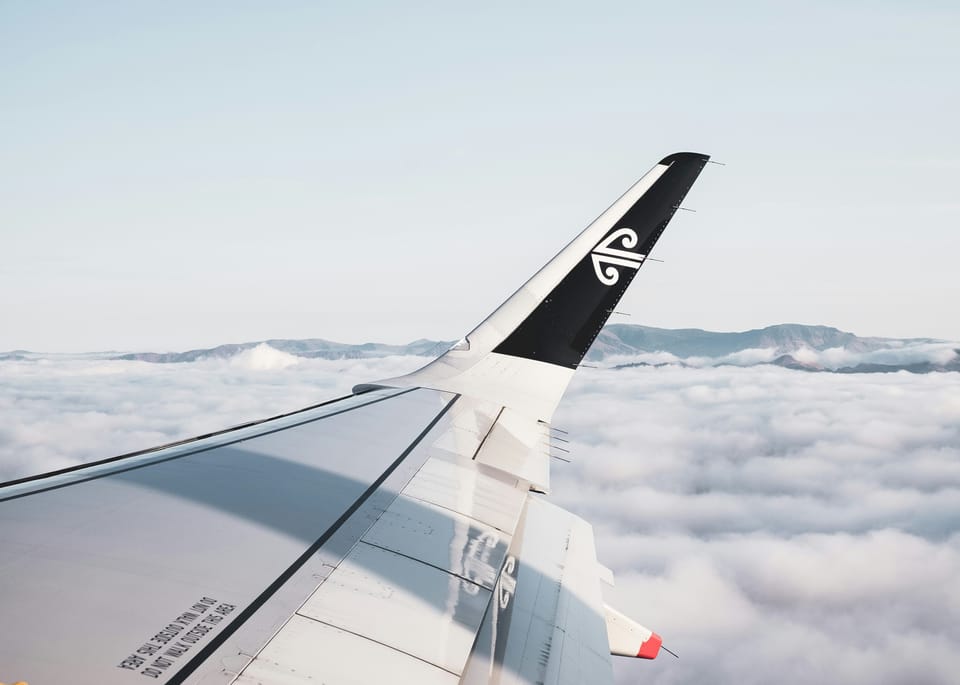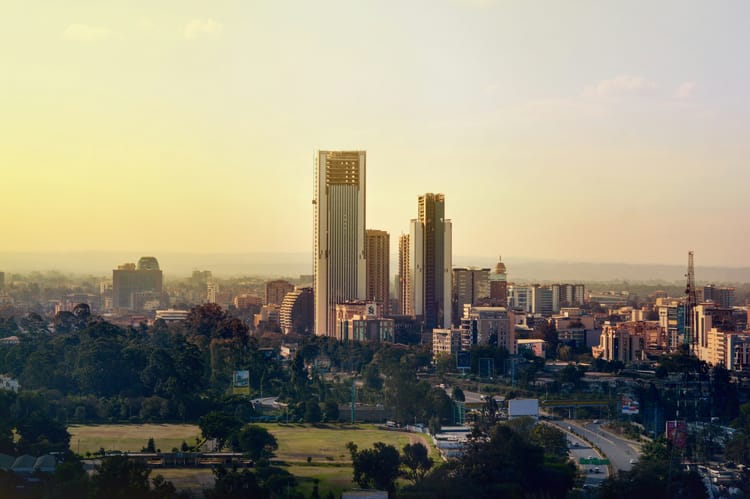Air New Zealand charts new emissions pathway after dropping SBTi target

Air New Zealand now expects to reduce ‘well-to-wake’ greenhouse gas emissions by 20 to 25% by 2030. This replaces the airline’s previous SBTi target of 28.9% reduction in jet fuel GHG intensity – though Chief Sustainability Officer Kiri Hannifin warns it is “not a static target”.
Air New Zealand decided to drop its 2030 climate target, which had been validated by the Science Based Targets Initiative (SBTi), last July, citing market restrictions around aircraft availability and sustainable aviation fuel supply. Upon doing that, the airline also withdrew from the SBTi because, as Hannifin explained “we believed it was no longer achievable”.
Now, Air New Zealand has developed a replacement for this target: its 2030 Emissions Guidance sets a new goal – focused on absolute net emissions instead of emissions intensity “to more closely align with its 2050 net zero carbon emissions target” – which will be reviewed and updated annually.
“The guidance is integrated with our long-term fleet and network plan through to 2030 and a detailed assessment of the external factors relevant to our decarbonisation work. It is not a static target. Rather we have decided to have an annually-updated, data-driven outlook of our emissions trajectory to 2030 which will reflect our progress, external market conditions, global and domestic policy developments, as well as other opportunities or challenges we face,” said Hannifin upon announcing the new guidance on Linkedin.
‘Well-to-wake’ emissions
Air New Zealand’s new goal covers ‘well-to-wake’ emissions, meaning emissions from jet fuel, including fuel production, distribution and combustion in flight. In the 2024 financial year, well-to-wake emissions from jet fuel accounted for 92% of the airline’s 4.3 million-tonne carbon footprint.
To achieve this net reduction, Air New Zealand will focus on adopting sustainable aviation fuel (SAF), with a goal of 10% SAF as a percentage of total fuel use by 2030. It will also update its fleet with more modern aircraft, improve operational efficiency, and purchase CORSIA-eligible carbon credits.
CORSIA requires airlines to offset emissions growth above 85% of the international aviation 2019 baseline. Air New Zealand will use its CORSIA obligation and “a small volume of high-integrity voluntary carbon removals” to calculate net emissions for the purposes of its emissions guidance.
‘Honest about what we think is possible’
The airline plans to retire approximately 11,000 tonnes of carbon removal credits to address a portion of its residual emissions in 2030, with the goal of supporting the development of nature-based carbon removal solutions in New Zealand, and engineered carbon removals globally.
“I am sure there will be higher levels of ambition, and I acknowledge there will be many people who will argue we should be doing more. For us, we want to be very honest about what we think is possible given the challenges involved in decarbonising the aviation sector. Setting something we can’t reach wouldn’t be tika. This will still be a stretch for us. Last year we used 0.4% sustainable aviation fuel, this year will be 1.6%. By 2030, we are expecting to fly with 10% sustainable aviation fuel. We have big lift ahead of us,” added Hannifin, thanking her sustainability team for the “rigorous and highly thoughtful work”.







Member discussion